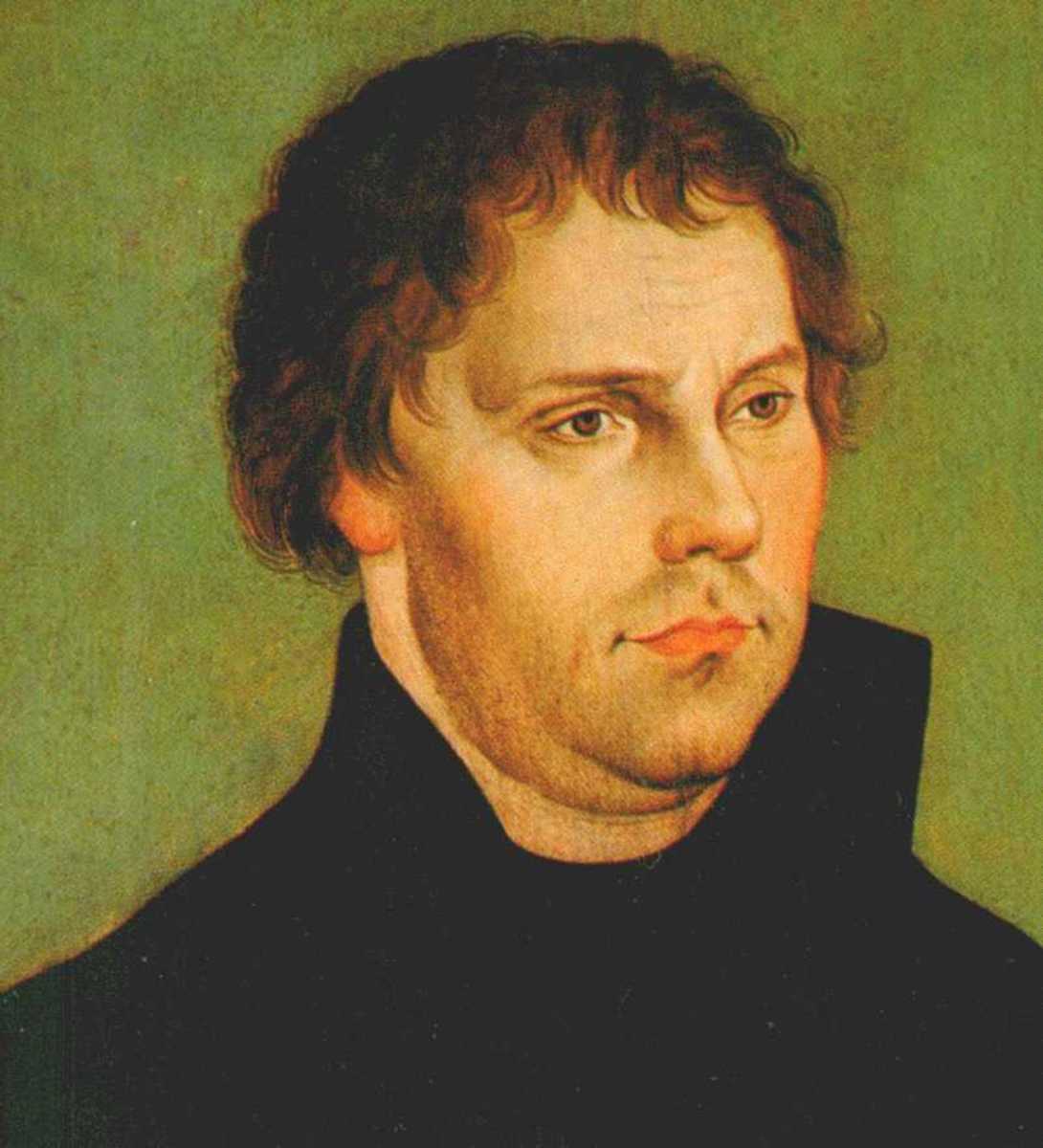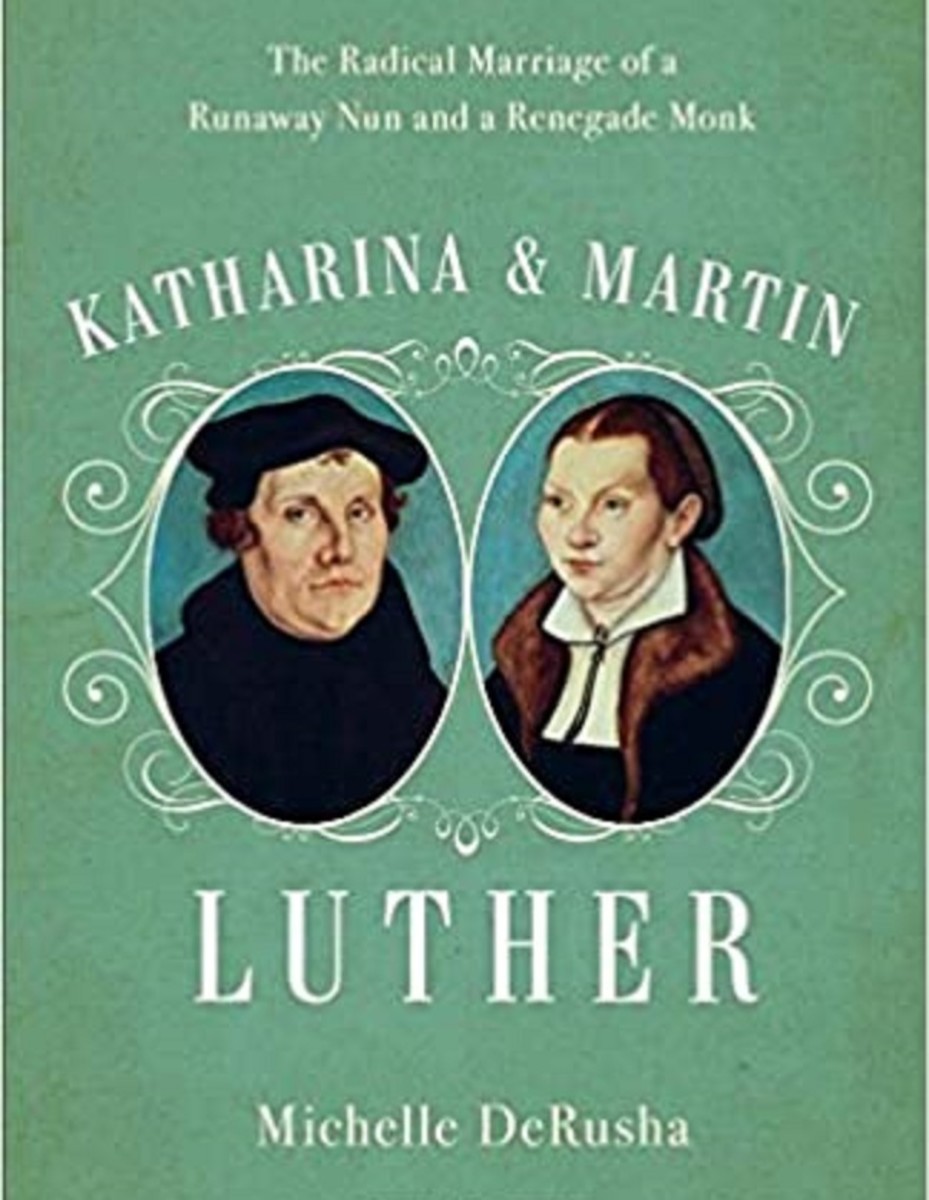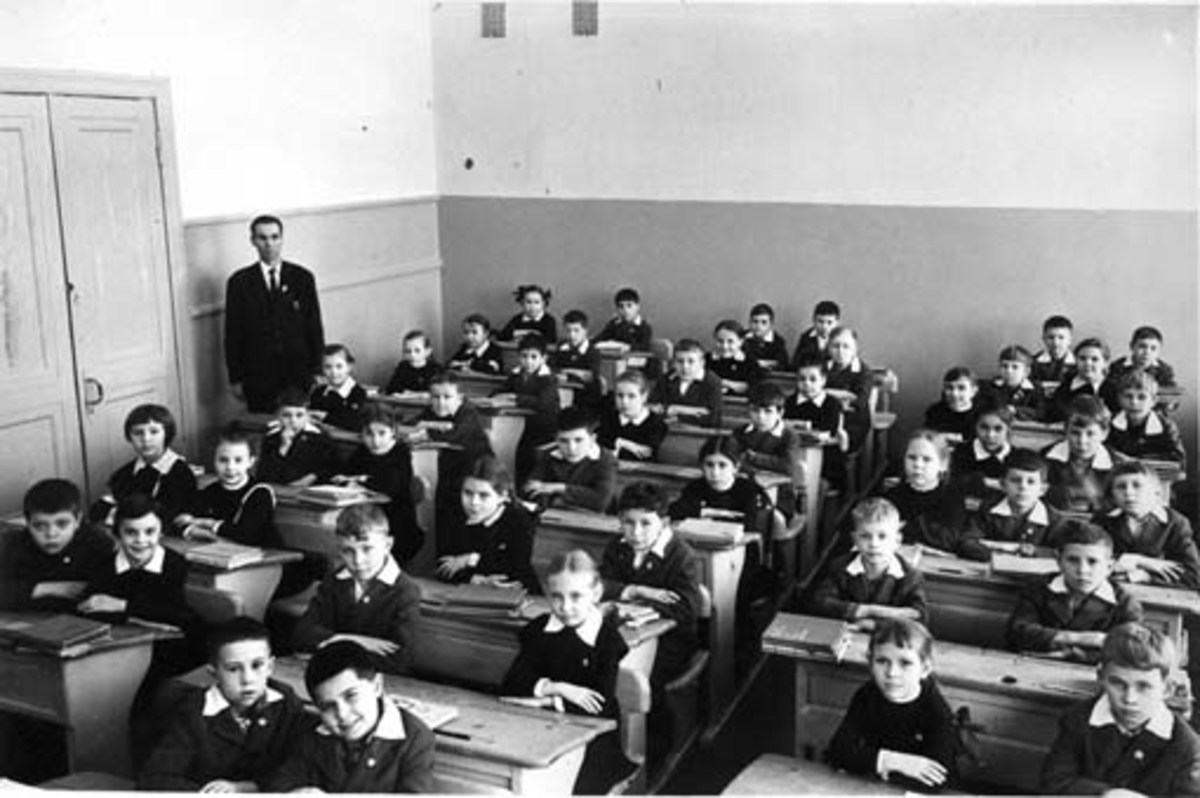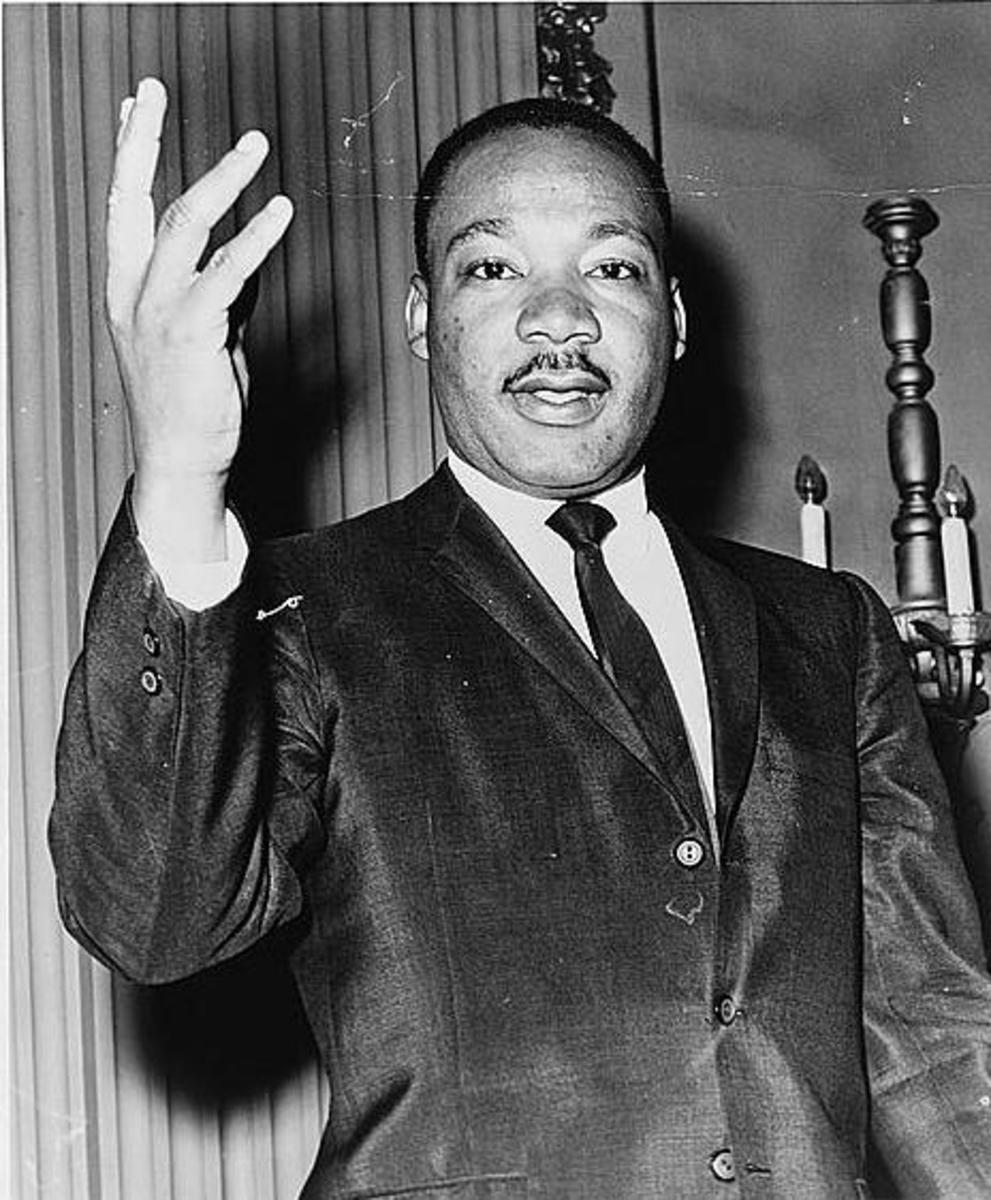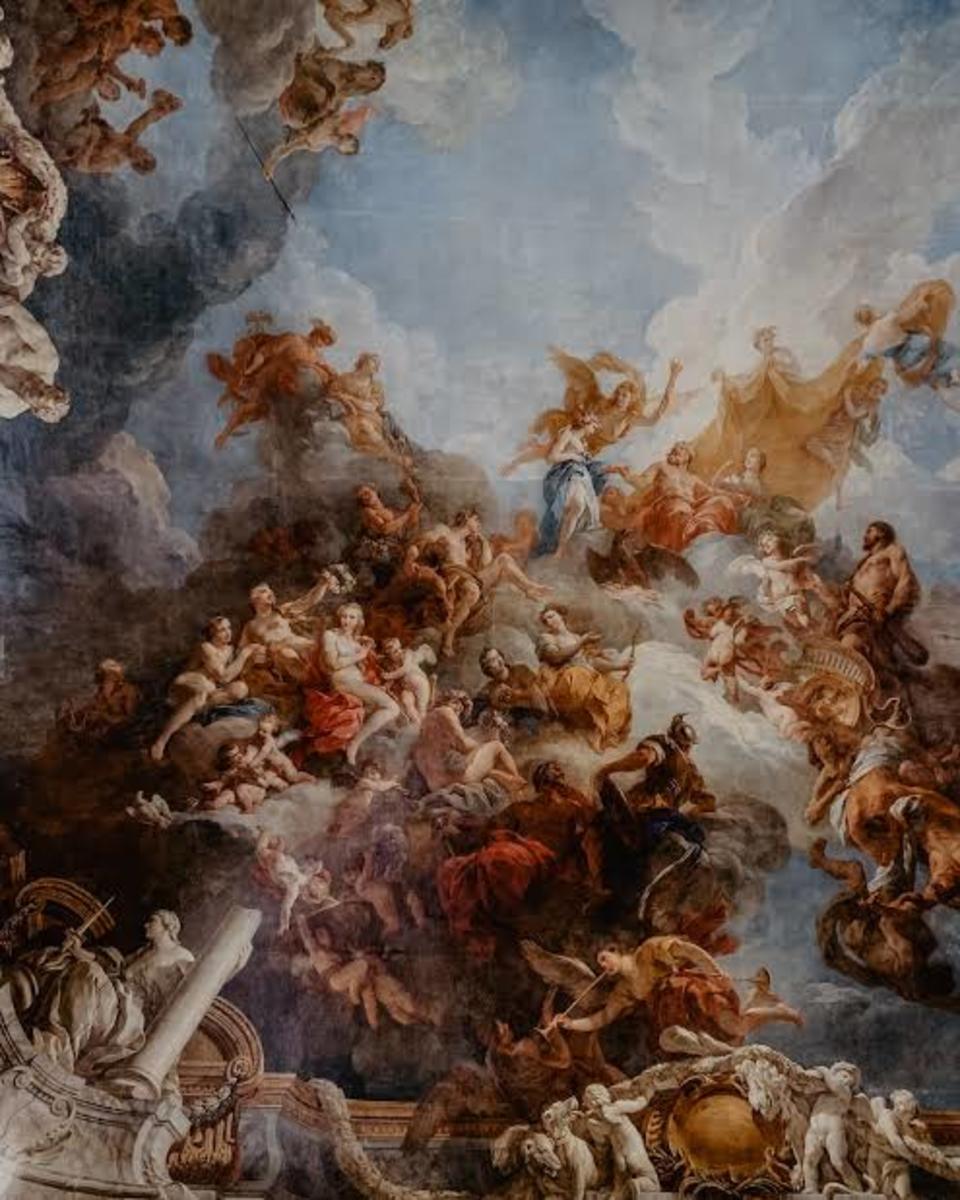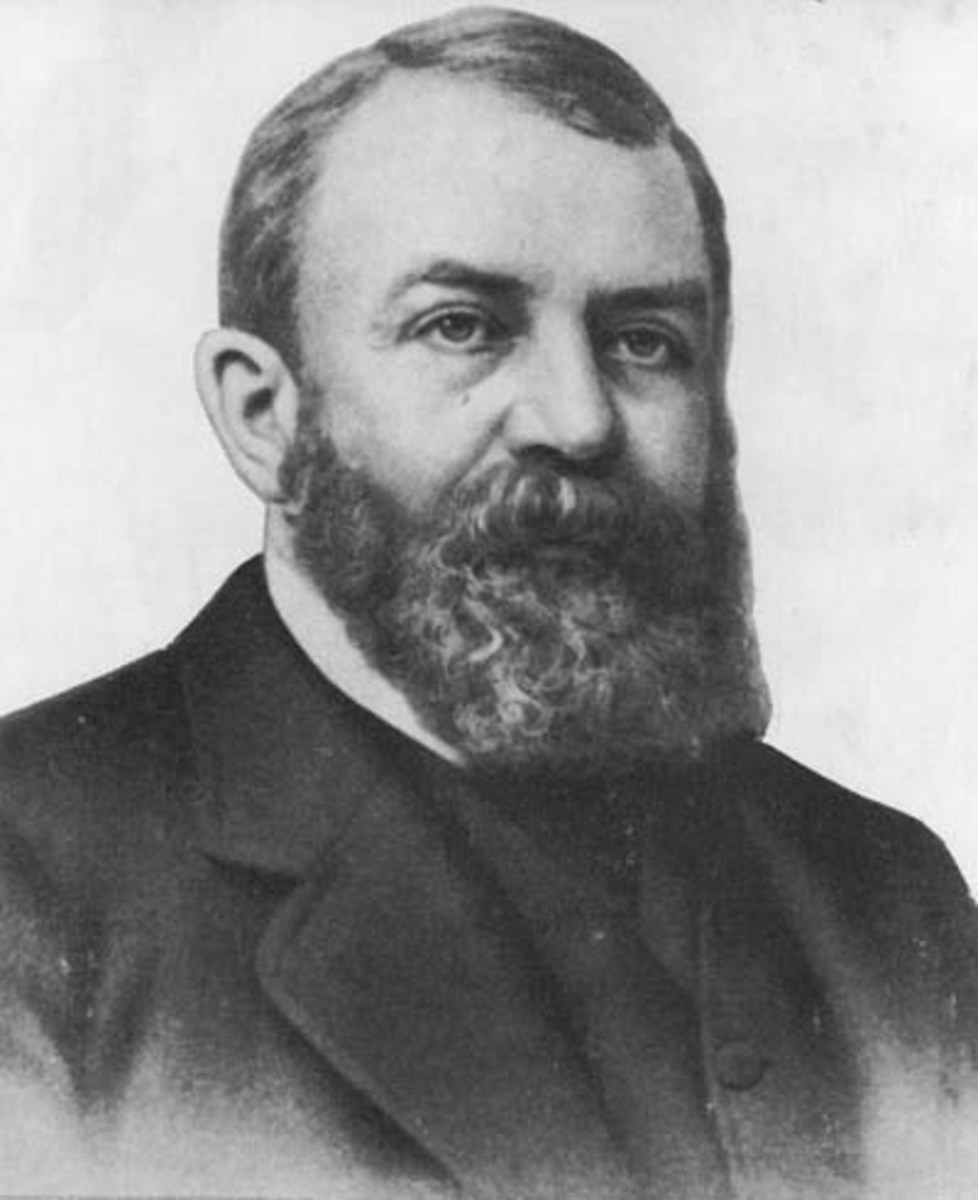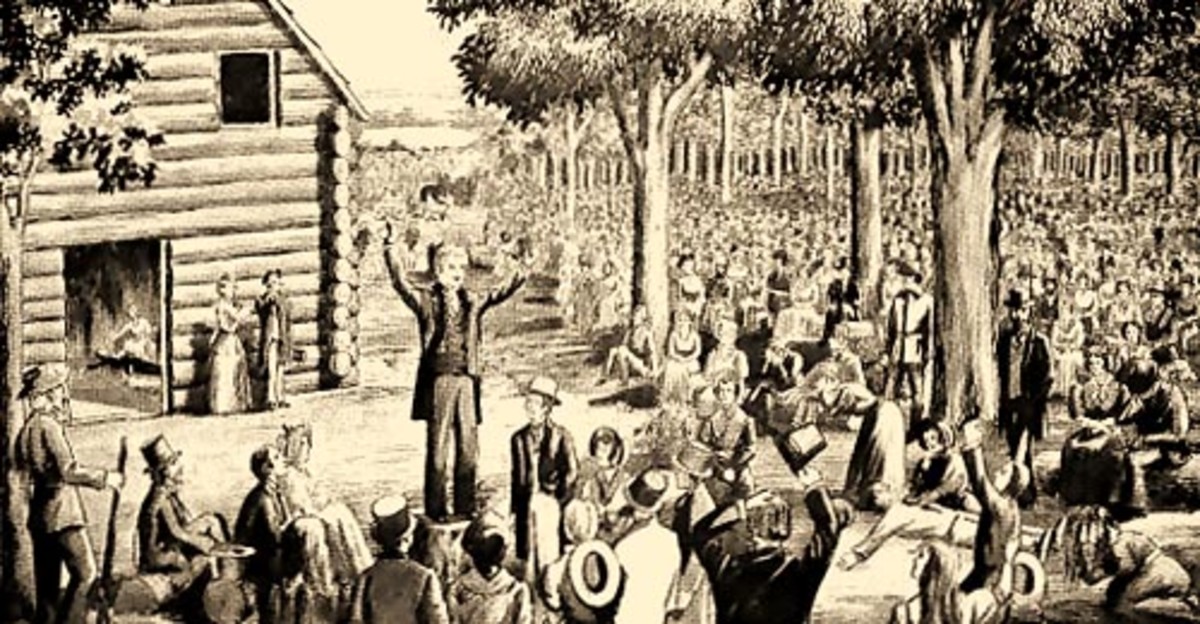Martin Luther: Two of his Key Writings - Part 2
Probably the main theme in both of Martin Luther's writings were the excesses and the extra-biblical conduct of the Church. When Johann Tetzel came upon the borders on Wittenberg selling and advertising the indulgences sanctioned by the Pope, Frederick the Wise forbade the preaching in his territory, yet the citizenry cross the boundaries to purchase them. Some returned and questioned Luther on their validity, and when he refused word spread to Tetzel and eventually to the Pope himself.[1]Luther then posted his Ninety-Five Theses in response to what he wanted to clear up any idea that these indulgences were abuses of the ministers of the Pope, not from the Pope himself and in the process correct any misconceptions on the validity of these indulgences.
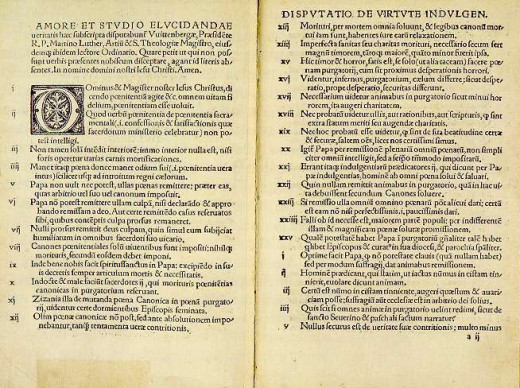
However, many of his statements were bold and from face value would appear to indeed direct comments to the Pope. He points out that the pope cannot remit sins or penalties other than those he issued,[2] that the pope desires prayer for himself, more than money,[3] that if the pope knew what these “pardon-preachers” were doing he would be against it, [4] and that the “true” treasure of the Church was the Gospel of Christ and not any monies the Church builds up.
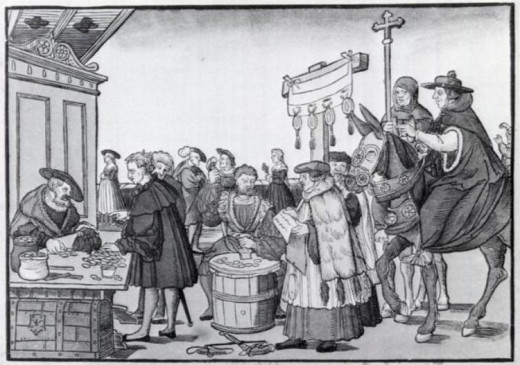
Indulgences were just one point of contention that Luther had with the Church and its doctrine. By the year 1520 Luther had seen his plan for a debate evolve into something he himself could not have guessed when he stated he, “got into these turmoils (sic) by accident, and not by will or intention.”[5] He also garnered the attention of Pope Leo X who, on 20 June 1520, issued the papal bull Exsurge Domine, which for all intents and purposes, condemned Luther and his writings – excommunicating him from Christendom. Luther’s period of “grace” was over, and he began publishing not in Latin, but in native German, a jab in the eye at the intellectual class.[6]
One his main writings during this period was his “Address to the Christian Nobility of the German Nation”, which took aim at the corruption within the Church, its abuse of authority, and the right of the laity to spiritual independence. This letter was broken down into three “walls that he believed surrounded the Church and that needed to come down. The first wall addressed the idea that the temporal power has actually no power over the spiritual power. He makes his point that all believers are equal to the clergy, and even the Pope himself, by using Scripture (1 Peter 2:9 and Revelation 1:6) to reiterate this point.[7]
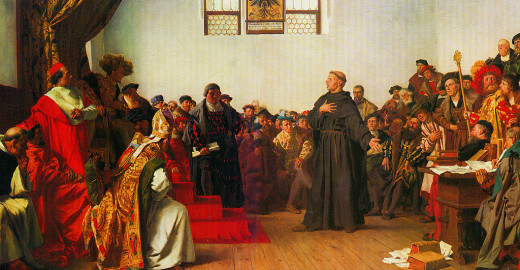
He then addresses the second wall, that of Scriptures only being interpreted by the Pope, also as false and upfront states boldly,
Therefore it is a wickedly devised fable—and they cannot quote a single letter to confirm it—that it is for the Pope alone to interpret the Scriptures or to confirm the interpretation of them. They have assumed the authority of their own selves. And though they say that this authority was given to St. Peter when the keys were given to him, it is plain enough that the keys were not given to St. Peter alone, but to the whole community.[8]
He then addresses the third wall which states that no one may call and confirm a council except the pope. Luther, defies this plainly by stating that nowhere does Scripture show the power giving the Pope this authority and that any authority they wield is simply over their own, man-made laws.[9]
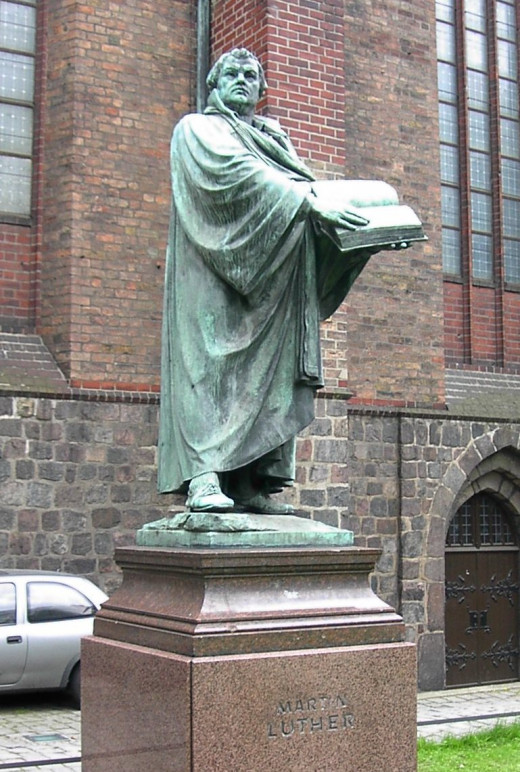
Luther’s reform ideas that questioned the social hierarchy caused an already brewing pot to boil over. While the Reformation in Germany was not the cause of the German Peasants Revolt of 1525, it certainly was a factor. Will Durant writes that the “peasants felt that the new religion had sanctified their cause”[11], they were armed with Luther’s belief that they were equally a part of the priesthood of believers and that as such their rights and privileges were equal to that of the clergy and even the nobility. In essence they took a mixture of the spiritual and the material and combined the two, a recipe that erupted into extreme violence. At the end of these revolts, which Luther condemned, many were left confused and unsure of their faith. Some returned to the Catholic faith while others began to follow radical groups who took Luther’s teachings and them in a way that Luther had never intended, such as the Anabaptists.[12]These radicals were the forerunners of variant forms of Protestantism that can still be seen today in the variety of Protestant denominations across the world.
What is your opinion of Martin Luther?
Another result of Luther’s reform movement was the change in power the papacy and papal-back rulers had over the European people and its non-Catholic rulers. Charles V had rejected the Augsburg Confession and demanded the prices of his empire to revert back to Catholicism. Undeterred, the princes created the Protestant League to oppose Charles V.[13] Henry VIII boldly used Protestantism to go against the papacy and declare himself “Head of the Church of England” and deeming the Church subservient to the State.[14]
Martin Luther’s “Ninety-Five Theses” and “Address to the Christian Nobility of the German Nation” were just two of the many key writings that Luther created and distributed during his lifetime. Both had enormous effect on culture of Europe at a time when change was ever present. They both presented shortcomings that Luther saw within the Catholic Church and its excesses and extra-biblical conduct. They also brought to the laity a new sense of spirituality they had never experienced before. The ramifications of these and other writings reverberated across Europe and influenced later reformers who applied his teachings directly or radically, and forged a new world that he himself did not anticipate until there was no turning back.
Works Cited
Durant, Will. The Reformation: The Story of Civilization. New York, NY: MJF Books, 1957.
Luther, Martin. Address to the Christian Nobility of the German Nation Respecting the Reformation of the Christian Estate. New York, NY.: P.F. Collier & Son Company, 1914.
Luther, Martin, and C.M., ed. Jacobs. Disputation of Doctor Martin Luther on the Power and Efficacy of Indulgences. Philadelphia: A. J. Holman Company, 1915.
McGrath, Alister. Christianity's Dangerous Idea. New York, NY: HarperOne, 2007.
Nystrom, Bradly P., and David P. Nystrom. The History of Christianity: An Introduction. New York, NY: McGraw-Hill, 2004.
Placher, William C. A History of Christian Theology: An Introduction. Louisville, KY: Westminster John Knox Press, 1983.

